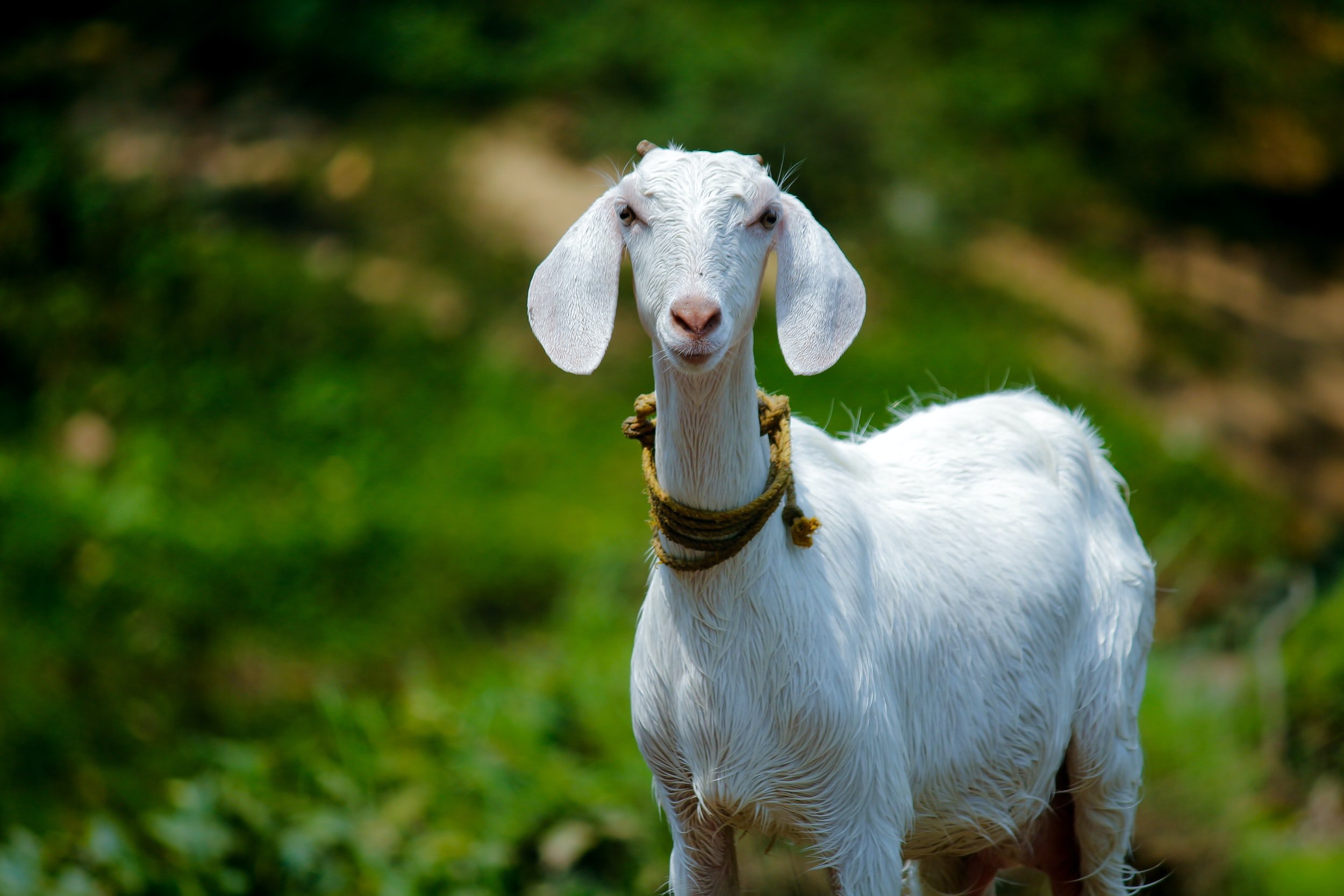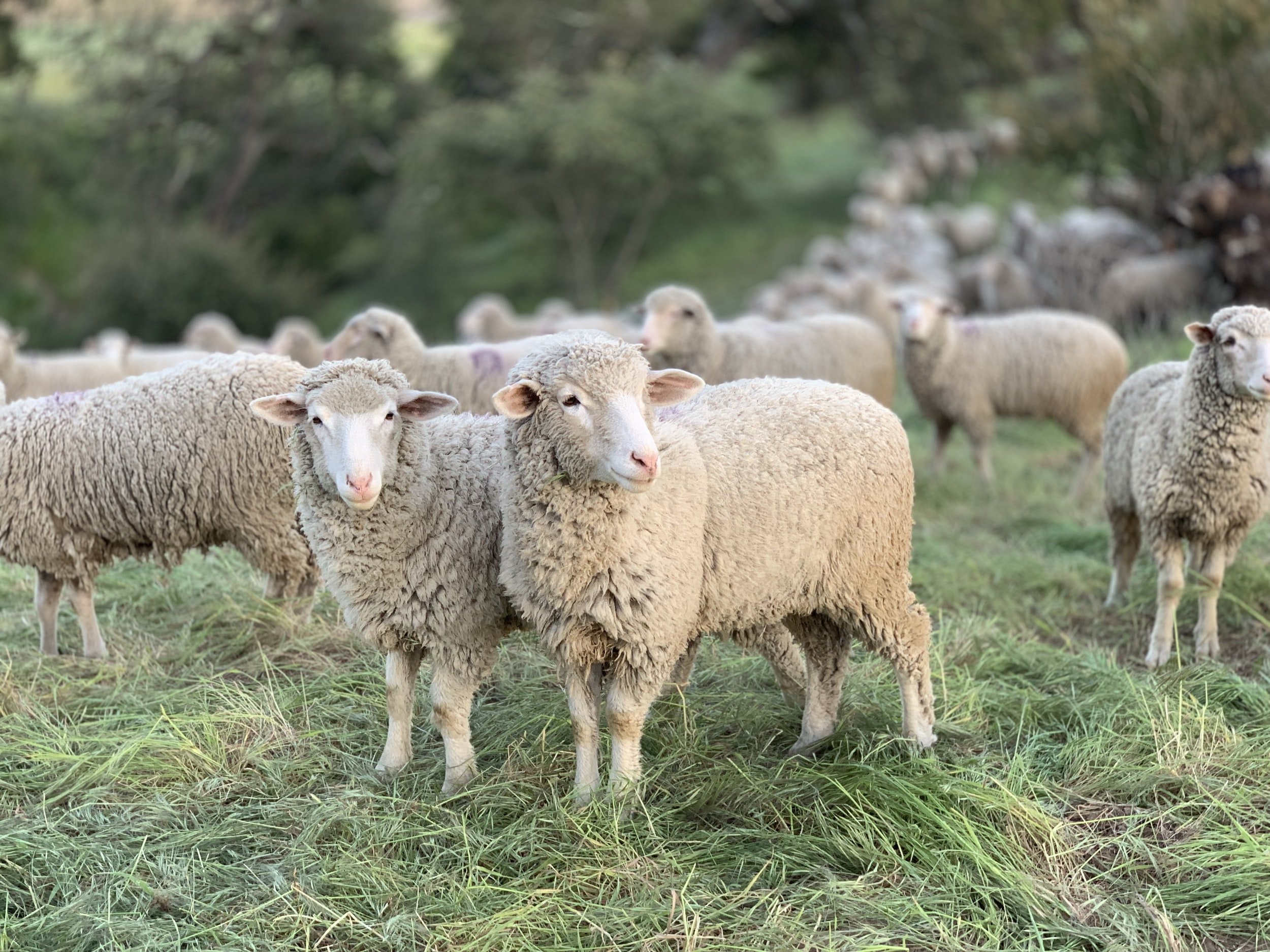Understanding FAMACHA Scoring for Sheep and Goats
Ah, parasites.
There’s nothing quite like the idea of parasites to conjure up fear in the heart and mind of a farmer.
Luckily, with small ruminants like sheep and goats, there’s an easy way to stay on top of parasite control. While good preventative measures like rotational grazing, dialed in nutrition, and flock monitoring can all help prevent parasites on your flock, using the FAMACHA chart is a great way to determine whether your animals need to be dewormed.
Here is what all the fuss is about.
**J&R Pierce Family Farm is a participant in the Amazon Services LLC Associates Program, an affiliate advertising program designed to allow sites to earn advertising fees by linking to products on Amazon. I often link to Amazon when recommending certain products, and if you choose to purchase, I may earn a small percentage of the sale. It costs you nothing extra, and all recommended products are ones that I personally vouch for. **
As you likely already know, animals like sheep and goats are much more likely to acquire gastrointestinal parasites than are other animals. Parasites are the most active when the weather is mild and moist.
The former thinking was that in order to control parasites, you needed to administer rigorous, aggressive deworming treatment as a prophylactic measure in your flock. This was believed to ensure livestock health.
However, the problem with frequent deworming - often unnecessary- is that it causes resistance to certain types of dewormers.
Now, the thought is that you should only deworm when necessary. Since sheep and goats often does not show any external symptoms of parasite infestation, how can you possible know when they need to be dewormed?
Enter FAMACHA scoring.
How Accurate is FAMACHA Scoring?
Here are a few things to know about FAMACHA scoring:
In sheep and goats, the predictive value of a negative response was higher than 90% for all anemia/eye score categories.
This shows that the FAMACHA method is highly effective at identifying anemic animals.
The method can be used anywhere in the world.
It’s effective on any breed of sheep or goat with a small margin of error.
Here is a video that will show you how to get started with this method:
What is FAMACHA Scoring?
The FAMACHA chart refers to an anemia guide developed by Dr. Faffa Malan. A chart of five different colors, it corresponds directly to the color of a goat or sheep's lower eyelid.
If your sheep’s eyelids are pale pink to white, they are severely anemic and need to be dewormed ASAP.
The scale works from there. Sheep with white eyelids are believed to be possessing fatal levels of parasites, while those white bright red eyelids are completely healthy and don’t need to be dosed. Eyelids that fall somewhere in between are those that need to be checked again in a week or so.
To examine the eyelids of your goat or sheep, start by covering the eye. Do this by rolling the upper eyelid down over the eyeball. Then, push down lightly on the eyeball until you see the eyelashes of the upper lid curling over your thumb. Pull gently down on the lower eyelid - the mucous membranes should appear. Don’t score the interior surface of the lower eyelid but instead the bed of mucous membranes.
FAMACHA scoring is an essential part of sheep maintenance. I recommend doing it every few months with each animal or more often if parasites are worrisome. We always do it right before lambing, too, as well as right after.
Things to Keep in Mind
The only issue with FAMACHA scoring is that animals can sometimes be anemic for reasons besides parasite problems. In addition, the only parasite whose presence can be confirmed by the presence of anemia is barber’s pole worm. While this is the most common parasite to infect sheep and goats - and one of the most deadly - there are other parasites to watch out for.
Otherwise, barber pole worms present symptoms such as:
Lethargy
Dull coat
Visible worms
Diarrhea
Something else to be aware of is that you can sometimes get a false peace of mind from the presence of red eyelids. Make sure you always check eyelids outdoors in natural, direct light. It can be difficult to see the eyelids color appropriately otherwise.
Remember that redness can be caused by other issues, too, like eye disease or environmental irritants. Sometimes, these cnan mask underlying anemia and give you a false sense of confidence.
When you are checking eyes, do so quickly and accurately. Don’t dally making your decision, because the longer the membranes are exposed to air, the redder they will become. Go with your gut first impression and if you’re not sure, check the other eye, too.
Whenever you do FAMACHA scoring, make sure you use the FAMACHA card. This will let you perform the most detailed analysis possible. Keep detailed records whenever you do FAMACHA scoring, too.
What Are Other Ways to Prevent Parasites?
The FAMACHA chart is a great way to determine whether your animals need to be dewormed. However, it should not take the place of good animal husbandry practices.
Make sure you do the following to prevent parasites on your farm:
Let the dew dry before allowing animals to pasture
Keep good health records
Administer proper dewormers at appropriate dosages
Cull when necessary to improve flock genetics
Rotate pastures
Invest in fecal egg counts
Otherwise, FAMACHA scoring should be used at least once a month - perhaps more during parasite-favored weather - to keep your flock healthy and thriving.
What other tips do you have for caring for a backyard flock of sheep or goats? Let me know in the comments!
Want to learn more about farming? Be sure to check out these featured articles!
Subscribe to our email newsletter for regular tips and tricks on homesteading and farming – wherever you are. You can also follow us on Instagram (@jrpiercefamilyfarm) and Pinterest (J&R Pierce Family Farm) for frequent updates. Happy homesteading!





